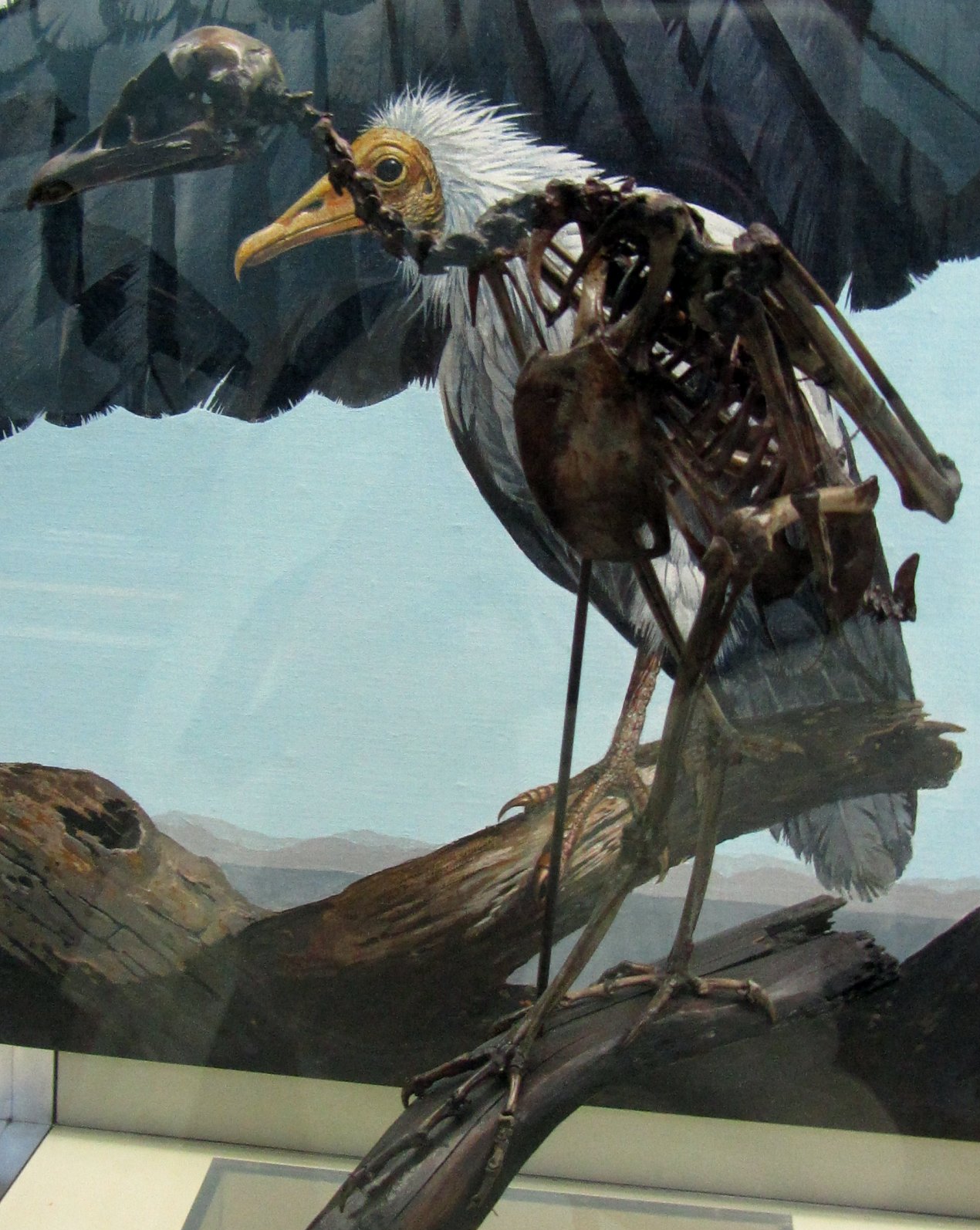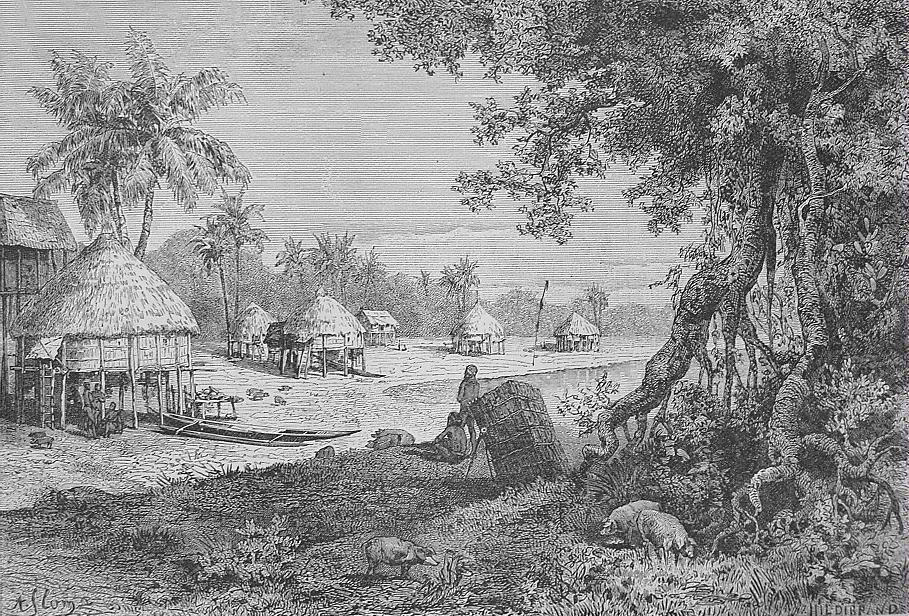|
Shikra
The shikra (''Tachyspiza badia'') is a small bird of prey in the family Accipitridae found widely distributed in Asia and Africa where it is also called the little banded goshawk. The African forms may represent a separate species but have usually been considered as subspecies of the shikra. The shikra is very similar in appearance, as well as behavior, at least to some degree, to other species including the Chinese sparrowhawk (''Tachyspiza soloensis'', formerly ''Accipiter soloensis''), Eurasian goshawk (''Astur gentilis'') and Eurasian sparrowhawk (''Accipiter nisus''). They have a sharp two-note call and exhibit the flap-and-glide flight style typical of ''Tachyspiza'' and ''Accipiter'' hawks. Their calls are imitated by drongos and the common hawk-cuckoo resembles it in plumage. This species was formerly placed in the genus ''Accipiter''. Taxonomy The shikra was formally described in 1788/1789 by the German naturalist Johann Friedrich Gmelin in his revised and expanded editi ... [...More Info...] [...Related Items...] OR: [Wikipedia] [Google] [Baidu] |
Accipitridae
The Accipitridae () is one of the four families within the order Accipitriformes, and is a family of small to large birds of prey with strongly hooked bills and variable morphology based on diet. They feed on a range of prey items from insects to medium-sized mammals, with a number feeding on carrion and a few feeding on fruit. The Accipitridae have a cosmopolitan distribution, being found on all the world's continents (except Antarctica) and a number of oceanic island groups. Some species are migratory. The family contains 256 species which are divided into 12 subfamilies and 75 genera. Many well-known birds such as hawks, eagles, kites, harriers and Old World vultures are included in this group. The osprey is usually placed in a separate family ( Pandionidae), as is the secretary bird ( Sagittariidae), and the New World vultures are also usually now regarded as a separate family or order. Karyotype data indicate the accipitrids analysed are indeed a distinct monophyletic ... [...More Info...] [...Related Items...] OR: [Wikipedia] [Google] [Baidu] |
Tachyspiza
''Tachyspiza'' is a genus containing goshawks and sparrowhawk in the family Accipitridae. The species were formerly placed in the genus ''Accipiter''. Taxonomy The genus ''Tachyspiza'' was introduced in 1844 by the German naturalist Johann Jakob Kaup with ''Falco soloensis'' Horsfield (Chinese sparrowhawk) as the type species. The name combines the Ancient Greek ταχυς (''takhus'') meaning "fast" with σπιζιας (''spizias'') meaning "hawk". Species now placed in this genus were formerly assigned to the genus ''Accipiter''. Molecular phylogenetic studies found that ''Accipiter'' was polyphyletic and in the subsequent rearrangement to create monophyletic genera, the genus ''Tachyspiza'' was resurrected to contain 27 species that were previously placed in ''Accipiter''. The genus contains 27 species: * Shikra, ''Tachyspiza badia'' – Afrotropics and Asia * Nicobar sparrowhawk, ''Tachyspiza butleri'' – Nicobar Islands * Levant sparrowhawk, ''Tachyspiza brevipes'' – b ... [...More Info...] [...Related Items...] OR: [Wikipedia] [Google] [Baidu] |
Common Hawk-cuckoo
The common hawk-cuckoo (''Hierococcyx varius''), popularly known as the brainfever bird, is a medium-sized cuckoo resident in the Indian subcontinent. It bears a close resemblance to the shikra, even in its style of flying and landing on a perch. The resemblance to hawks gives this group the generic name of hawk-cuckoo; like many other cuckoos, these are brood parasites, laying their eggs in the nests of babblers. During their breeding season in summer males produce loud, repetitive three-note calls that are well-rendered as ''brain-fever'', the second note being longer and higher pitched. These notes rise to a crescendo before ending abruptly and repeat after a few minutes; the calling may go on through the day, well after dusk and before dawn. Description The common hawk-cuckoo is a medium- to large-sized cuckoo, about the size of a pigeon (ca. 34 cm). The plumage is ashy grey above; whitish below, cross-barred with brown. The tail is broadly barred. The sexes are alike. ... [...More Info...] [...Related Items...] OR: [Wikipedia] [Google] [Baidu] |
Katchal Island
Katchal (Hindi: कत्चल, Nicobarese: तिहन्यु, ''Tihnyu'') is one of the Nicobar Islands, India. History Katchal Island was previously known as Tihanyu. Due to the remote location and lack of exposure with the rest of the world, outsiders economically exploited the innocent islanders for a long time. To stop their economic exploitation, the Government of India declared the Nicobar Islands an Aboriginal Tribal Reserve Area (ATRA) on 2 April 1957. This made the Nicobar Islands inaccessible to outsiders and currently even Indian nationals need a special tribal pass to visit the islands. Only Government Servants (outsiders) posted to Katchal Islands are allowed to stay in the island. Nicobar Islands have experienced all kinds of external influences for centuries, because they are located along an ancient international sea trade route and have been known to voyagers and scholars since ancient times. Due to this, the islands have been receiving external influence ... [...More Info...] [...Related Items...] OR: [Wikipedia] [Google] [Baidu] |
Chinese Sparrowhawk
The Chinese sparrowhawk (''Tachyspiza soloensis'') is a bird of prey in the family Accipitridae. This species was formerly placed in the genus '' Accipiter''. Taxonomy The Chinese sparrowhawk was formally described in 1821 by the American naturalist Thomas Horsfield under the binomial name ''Falco soloensis''. Horsfield designated the type locality as the Solo River, on the Indonesian island of Java. This species was formerly placed in the large and diverse genus '' Accipiter''. In 2024 a comprehensive molecular phylogenetic study of the Accipitridae confirmed earlier work that had shown that the genus was polyphyletic. To resolve the non-monophyly, ''Accipiter'' was divided into six genera. The genus '' Tachyspiza'' was resurrected to accommodate the Chinese sparrowhawk and 26 other species that had previously been placed in ''Accipiter''. The resurrected genus had been introduced in 1844 by the German naturalist Johann Jakob Kaup. The species is monotypic: no subspecies are ... [...More Info...] [...Related Items...] OR: [Wikipedia] [Google] [Baidu] |
Polyphyletic
A polyphyletic group is an assemblage that includes organisms with mixed evolutionary origin but does not include their most recent common ancestor. The term is often applied to groups that share similar features known as Homoplasy, homoplasies, which are explained as a result of convergent evolution. The arrangement of the members of a polyphyletic group is called a polyphyly .. [Source for pronunciation.] It is contrasted with monophyly and paraphyly. For example, the biological characteristic of warm-bloodedness evolved separately in the ancestors of mammals and the ancestors of birds; "warm-blooded animals" is therefore a polyphyletic grouping. Other examples of polyphyletic groups are algae, C4 photosynthesis, C4 photosynthetic plants, and Xenarthra#Evolutionary relationships, edentates. Many taxonomists aim to avoid homoplasies in grouping taxa together, with a goal to identify and eliminate groups that are found to be polyphyletic. This is often the stimulus for major re ... [...More Info...] [...Related Items...] OR: [Wikipedia] [Google] [Baidu] |
Car Nicobar
Car Nicobar ( in Car language) is the northernmost of the Nicobar Islands. It is also one of three local administrative divisions of the Indian district of Nicobar, part of the Indian union territory of Andaman and Nicobar Islands. Annual rainfall is . History The seafarers of the region referred to the island as the "northern land of the nake" i.e. Car Nakkavar which is perhaps the direct predecessor of the current name Car Nicobar. 2004 tsunami devastation The island was severely affected by the tsunami that was caused by the 2004 Indian Ocean earthquake, which led to many deaths and damaged infrastructure. Car Nicobar lies from the epicenter of the 2004 Indian Ocean earthquake, and the ensuing tsunamis struck it with great force. Witnesses reported the waves were as high as 30 ft (9 m). As of December 30, 2004, the number of casualties remained unknown, but were estimated to be high. One survivor told the Associated Press: "There's not a single hut which is standin ... [...More Info...] [...Related Items...] OR: [Wikipedia] [Google] [Baidu] |
Nikolai Severtzov
Nikolai Alekseyevich Severtsov (; 5 November 1827 – 7 February 1885) was a Russian explorer and naturalist. He was among the early promoters of Darwinian ideas in Russia. Life and work Severtsov was born in Khvoshchevatovo, Zemlyansky district, Voronezh, where his father Aleksey Petrovich was a retired guard officer who had served in the Patriotic War of 1812, losing an arm in the Battle of Borodino. He had become interested in natural history after reading Buffon's work as a child and going out on hunts. and studied at the Moscow University where he was influenced by Karl Rouillier who considered what Haeckel called as ecology as "general zoology". His master's dissertation was on the seasonal life of animals in Voronezh province. At the age of eighteen he came into contact with Grigory Karelin and took an interest in central Asia. In 1855 he applied for an associate professor position but failed to be appointed. In 1857, he joined a mission to Syr-Darya. On the expediti ... [...More Info...] [...Related Items...] OR: [Wikipedia] [Google] [Baidu] |
Coenraad Jacob Temminck
Coenraad Jacob Temminck (; 31 March 1778 – 30 January 1858) was a Dutch people, Dutch patrician, Zoology, zoologist and museum director. Biography Coenraad Jacob Temminck was born on 31 March 1778 in Amsterdam in the Dutch Republic. From his father, Jacob Temminck, who was treasurer of the Dutch East India Company with links to numerous travellers and collectors, he inherited a large collection of bird specimens. His father was a good friend of Francois Levaillant who also guided Coenraad. Temminck's ''Manuel d'ornithologie, ou Tableau systématique des oiseaux qui se trouvent en Europe'' (1815) was the standard work on European birds for many years. He was also the author of ''Histoire naturelle générale des Pigeons et des Gallinacées'' (1813–1817), illustrated by Pauline Rifer de Courcelles, Pauline Knip. He wrote ''Nouveau Recueil de Planches coloriées d'Oiseaux'' (1820–1839), and contributed to the mammalian sections of Philipp Franz von Siebold's ''Fauna jap ... [...More Info...] [...Related Items...] OR: [Wikipedia] [Google] [Baidu] |
Andrew Smith (zoologist)
Sir Andrew Smith (3 December 1797 – 11 August 1872) was a British surgery, surgeon, explorer, ethnologist and zoology, zoologist. He is considered the father of zoology in South Africa having described many species across a wide range of groups in his major work, ''Illustrations of the Zoology of South Africa''. Smith was born in Hawick, Roxburghshire. He qualified in medicine at the University of Edinburgh obtaining an Doctor of Medicine, M.D. degree in 1819, having joined the Army Medical Services in 1816. South Africa 1820–1837 In 1820 he was ordered to the Cape Colony and was sent to Grahamstown to supervise the medical care of European soldiers and soldiers of the Cape Corps. He was appointed the Albany district surgeon in 1822 and started the first free dispensary for indigent patients in South Africa. He led a scientific expedition into the interior and was able to indulge in his interests of natural history and anthropology. On several occasions, he was sent by gov ... [...More Info...] [...Related Items...] OR: [Wikipedia] [Google] [Baidu] |




